
Features
Health and Safety
Sawmilling
Dust collection in the wood products industry
June 26, 2017 - The lumber industry is highly competitive. As with all successful businesses, cost control in production is paramount. This explains why effective dust collection systems operation not only provides improved performance, but helps reduce costs associated with operation and maintenance.
June 26, 2017 By Airex Industries

We frequently come up with the same observations during our on-site visits of woodworking operations. Here is a list of shortcomings commonly found with dust collection in this industry.
The main culprit: Initial design work
Inefficient dust collection runs hand in hand with inadequate design. This may lead to numerous problems, such as reduced loading or poor dust capture with ineffective suction and particulate matter transport. Poorly-sized dust conduits are often the result of ill-adapted or incorrect design solutions when adding new equipment. In most situations, companies resort to increased fan power to compensate for ineffective filtration at source. This leads to higher operating costs, which can be easily avoided.
You are never too close: Capture points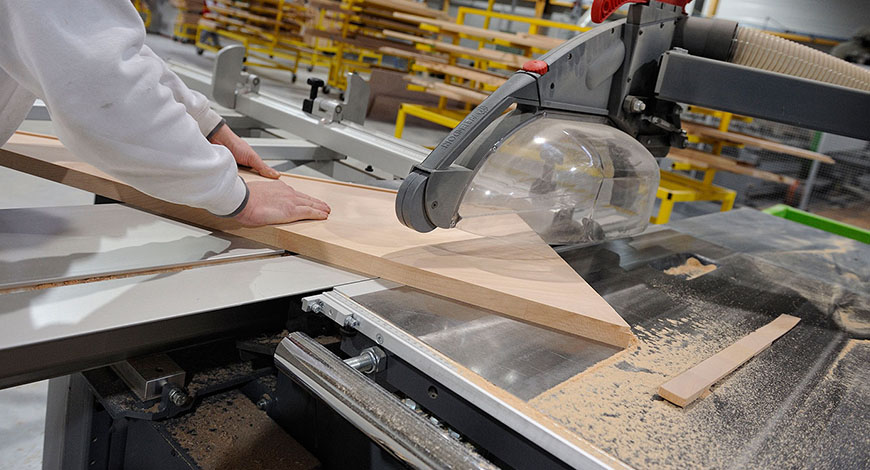
Multiple workstations are common in the woodworking industry. Poor design for individual capture points contributes to a deficient network which is often compensated by increased fan drafts in order to maintain the necessary suction for particulate matter transport. It is therefore imperative to maximize intake velocity in the design of capture hoods.
Innefficient solutions: Square junction boxes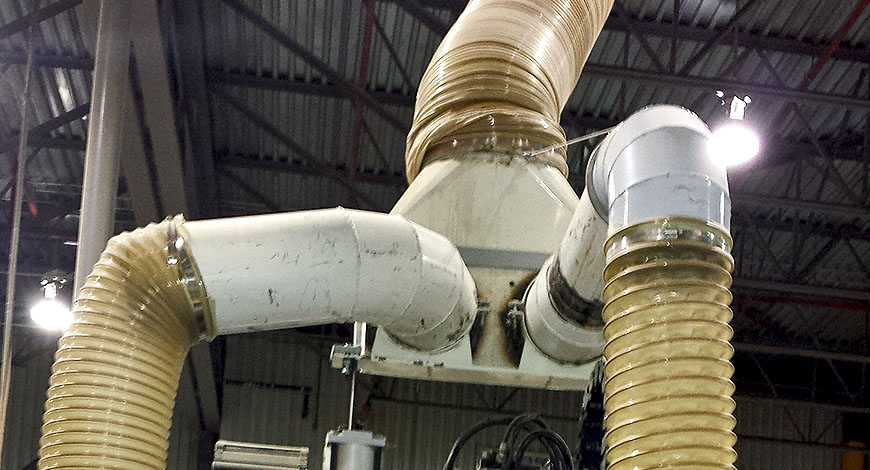
Certain custom configurations use square junction boxes instead of classic Y-connectors. This introduces turbulent air flow and substantially increases loading. Additional fan power will be required to ensure similar vent throughput velocities.
A horror story: Cross-contamination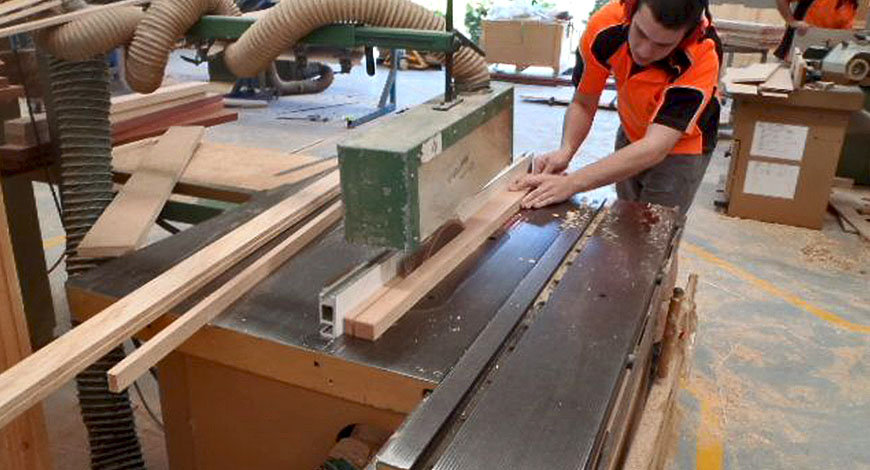
When your dust collection system fails to effectively collect particulate matter from a workstation, dust emissions may propagate and possibly contaminate surrounding work areas. This is cause for concern, knowing that the surrounding environment may have other processes, such as rolling mill (laminate) stations. In the end, poor capture velocities may jeopardize product quality and by the same token contribute to production losses.
Air streams: Fan configuration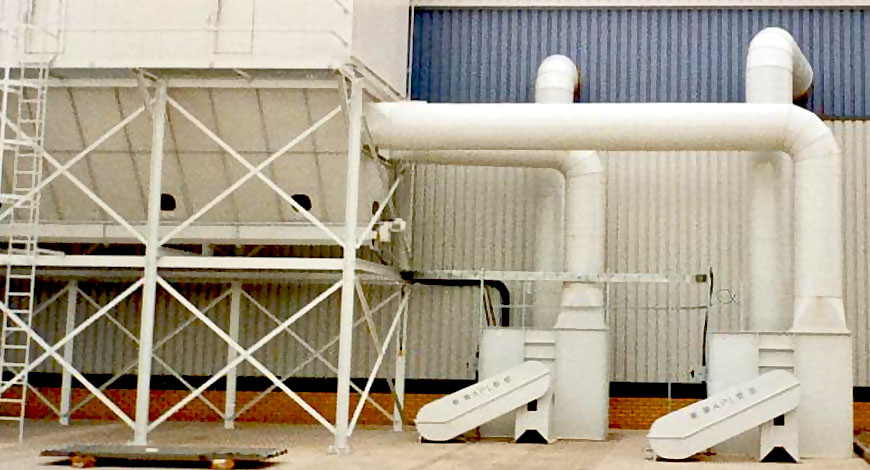
Fan location in a dust collection system is paramount. A centrifugal (radial) fan is your choice should you locate the fan upstream of the dust collector. Its design is known for its high energy consumption. If you chose, however, to adopt another configuration with the fan located downstream, on the clean side of the dust collector, you can install a fan with backward blades. This option provides a high efficiency operation, especially when drawing large volumes of air.
Avoid additional costs: Energy efficiency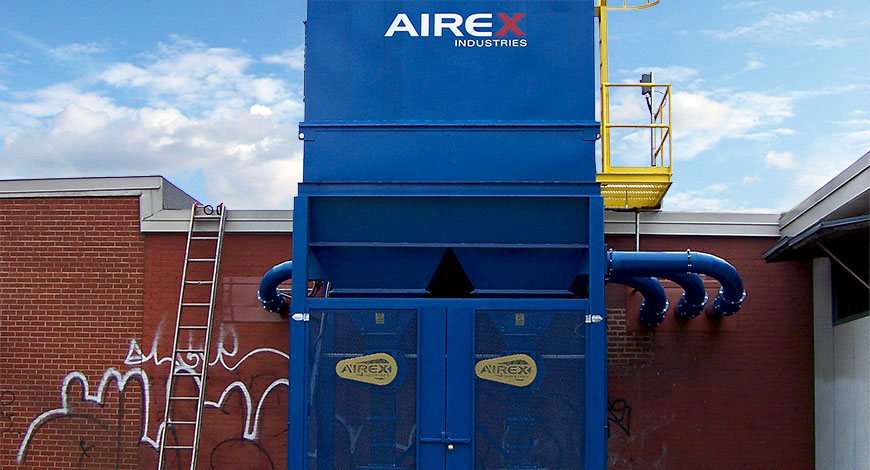
From an energy consumption standpoint, a (round) cyclonic effect dust collector is not recommended, since high static pressures must be compensated by the use of more powerful motors. The best choice lies with a rectangular dust collector combined with variable air volume control. This solution offers exceptional power efficiency since we can reduce motor HP by more than half (depending on collector usage and the type of woodworking equipment involved).
If we can avoid it: The consequences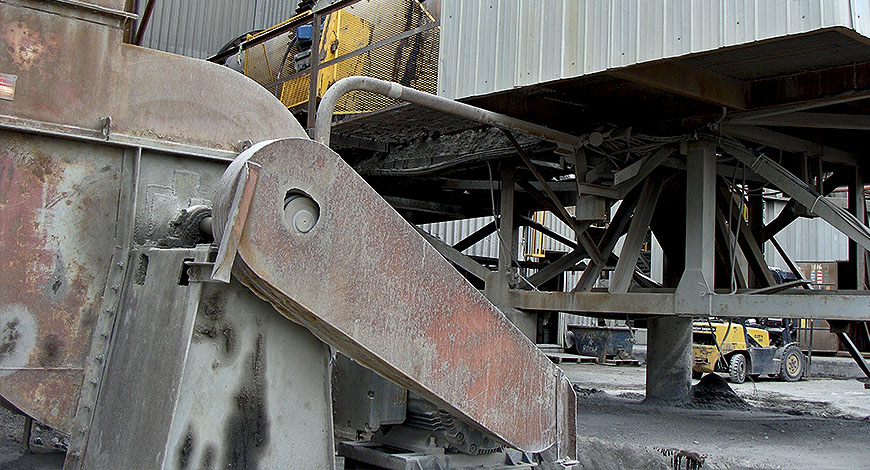
The majority of the above-mentioned points lead to the same conclusion: Inefficiency costs money. In addition, selection of an inappropriate dust collection system will inevitably lead to premature equipment wear, increased maintenance costs (with frequent replacement of filters) and higher energy consumption.
To conclude
It is more profitable to periodically maintain your system and rely on a specialist should you decide to modify existing components or add new equipment to your dust collection system. Our expertise will give you the opportunity to fine-tune operation of your equipment at optimum levels and by the same token allow you to reap benefits in both the short-term and long-run.
This post was originally published by Airex Industries on the following page.
Print this page